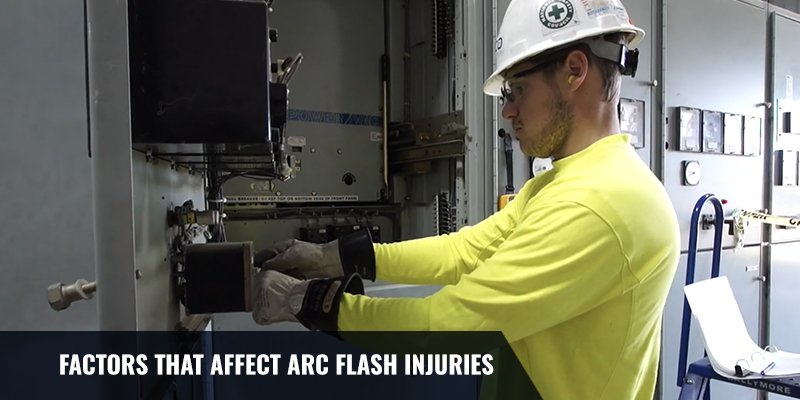Arc Flash incidents release massive amounts of heat and power in only a few seconds worth of time. If you’re caught in an accident with that much energy, it can be a challenge to walk away without an injury. But with EPSCO online electrical safety training you can learn how to mitigate the risks and control the damage an Arc Flash explosion causes to your body.
This week, we’re going to look at the factors that affect Arc Flash injuries and what you can do to lessen your risk.
The size of the arc flash explosion is first on the list. This is the pure energy that’s going to jolt your system when the blast happens. In EPSCO’S “One Moment” video series, you’ll learn how to calculate incident energy readings that give you a better understanding of the potential explosion your equipment will produce. Working with engineering, you can properly design protective devices and modify electrical infrastructure to control hazards.
Proximity to the blast is another factor that impacts injuries. Damage will be more severe the closer you are to the explosion. We’ll show you how Arc Flash labeling and boundaries help you know what’s hazardous, so that you can make a plan before the job, know when it’s safe to approach, and which workers are qualified to enter arc flash and limited approach boundaries.
Arc flash incidents are over in seconds, but the amount of time you’re exposed directly effects the damage done. In only two seconds you’ll be knocked unconscious. It’s important to realize there’s no way to shorten the timing of an arc flash event. Inherent controls put in place in preparation for performing the task are the only way to lower the risk.
PPE can make a major difference in the injuries you get from an Arc Flash incident. PPE is designed, tested, and rated to withstand the blazing 35,000 temps an arc flash explosion can produce. Knowing the proper PPE to wear on the job is the first defense against the blast.
Watch the video below and learn more about the factors that affect an arc flash injury. See how taking the right steps can help you walk away with a story instead of taking a trip to the emergency room.



